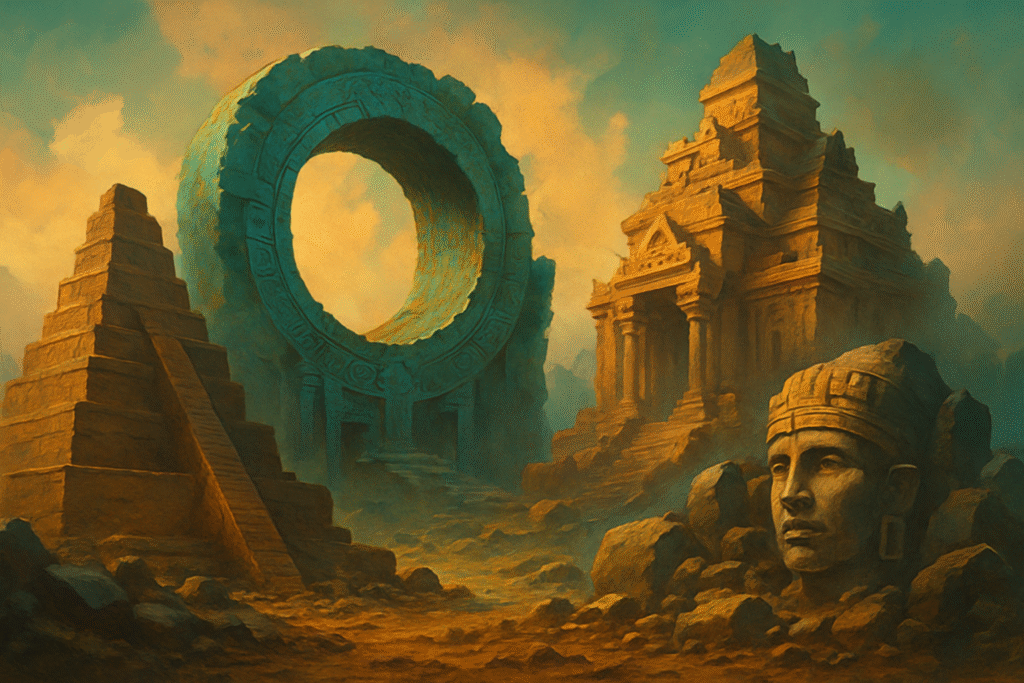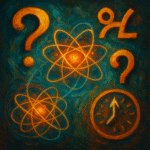Lost civilizations stand as a testament to humanity’s vast and intricate past. Many of these bygone societies remain shrouded in mystery, having contributed significantly to our understanding of culture, art, and technology. Throughout history, these civilizations have emerged and vanished, often leaving behind only remnants and ruins for modern-day explorers and archaeologists to uncover. This article delves into the lost civilizations that we know almost nothing about while engaging with their stories and secrets that persist today.
What Are Lost Civilizations?
Lost civilizations refer to cultures or societies that have disappeared from the historical record, often without a complete understanding of their way of life or their contributions to our modern world. These can include ancient cities that were abandoned due to environmental factors, societal collapse, or conflicts. They include forgotten societies like the Minoans and the Chachapoya, whose legacies are still being pieced together through archaeological discoveries and research.
Understanding these civilizations helps us make connections between the past and the present, giving insights into human resilience and creativity. Discovering more about these unknown civilizations inspires not only historians but also explorers and enthusiasts who seek to learn how our ancestors lived, thrived, and ultimately faded away.
Archaeological Discoveries: Windows into the Past
Archaeological discoveries of lost civilizations can sometimes reveal striking details about their social structures, religious beliefs, and economic practices. For example:
* The Indus Valley Civilization: Flourishing around 2500 BCE, this civilization is noted for its advanced urban planning and architecture, but remains largely mysterious.
* The Nazca Culture: Known for its geoglyphs in Peru, this ancient civilization has left many questions about its purpose and significance.
These findings highlight how much remains to be uncovered about forgotten societies worldwide. Archaeologists continue to work tirelessly to expand the narrative of history through rigorous research and fieldwork.
Major Lost Civilizations and Their Mysteries
Understanding the secrets of lost civilizations begins with highlighting key players in the history of human societies. Here are a few notable examples:
1. Minoan Civilization (circa 2000-1400 BCE)
* Located on the island of Crete, this civilization is revered for its contributions to art and architecture. Its abrupt end leaves scholars speculating about the causes of its collapse.
2. Maya Civilization (circa 2000 BCE-1500 CE)
* Known for its sophisticated hieroglyphics and astronomical knowledge, the Maya faced mysteries regarding their sudden depopulation in many city-states around the 9th century.
3. Chachapoya Civilization (circa 800-1470 CE)
* Often dubbed the “Warriors of the Clouds,” this civilization is renowned for their cliff-side burial sites in Peru, yet little is known about their cultural practices.
The histories surrounding these civilizations remind us of how civilizations expand, influence others, and eventually are lost to the sands of time.
The Philosophy Behind Lost Civilizations
What can we learn from the collapse of unknown civilizations? Many lost societies serve as cautionary tales regarding sustainability, governance, and social instability. For instance, the Maya Civilization faced climate change challenges, leading to debates on how environmental factors can result in societal collapse. Lessons in resilience and adaptation derived from studying these cultures serve as crucial elements in both historical and modern contexts.
Secrets of Lost Civilizations Revealed Through Modern Technology
Innovative technology, such as satellite imaging and ground-penetrating radar, has transformed archaeological exploration. These tools enable historians and archaeologists to identify potential sites where ancient civilizations once thrived. Significant discoveries, like the urban planning in Angkor Wat, show that extensive research can bring to light the everyday lives of ancient people.
Additionally, mysterious ancient tribes are uncovered every day. Researchers increasingly advocate for interdisciplinary approaches that merge technology and traditional archaeological methods. This integration has proven vital in understanding the complexities of these long-lost societies.
Fascinating Questions About Unknown Civilizations
When studying lost civilizations, intriguing questions arise:
* What were the major factors that led to their demise?
* How did their cultural contributions shape the societies that followed?
* Are there hidden aspects of their way of life still waiting to be found?
Taking Action to Learn More
Readers intrigued by these lost civilizations should consider engaging with local museums and archaeological societies. Volunteer opportunities and guest lectures can provide deeper insights. Additionally, consider participating in educational tours focused on specific ancient sites.
Conclusion: The Ongoing Journey of Discovery
Lost civilizations remind us of the intricacies of human history and the continuous search for knowledge. As we uncover secrets from unknown civilizations, we deepen our understanding of what it means to be human. Every archaeological dig and every ancient ruin stands as a gateway to learning from the past. The significance of these cultures will continue to unravel as ongoing research and technology bring their stories to light, reinforcing the belief that knowledge is a never-ending journey.
To explore more about these intriguing cultures, don’t hesitate to connect with local archeological teams or dive into resources from authoritative sources.
Are you fascinated by lost civilizations? Subscribe to our newsletter for the latest discoveries in archaeology and insights from history enthusiasts!
For more authoritative data, visit the Government Research Database or look up peer-reviewed articles on the Academic Research Portal. Explore further; you just might stumble upon your next passion in the world of ancient history mysteries!


